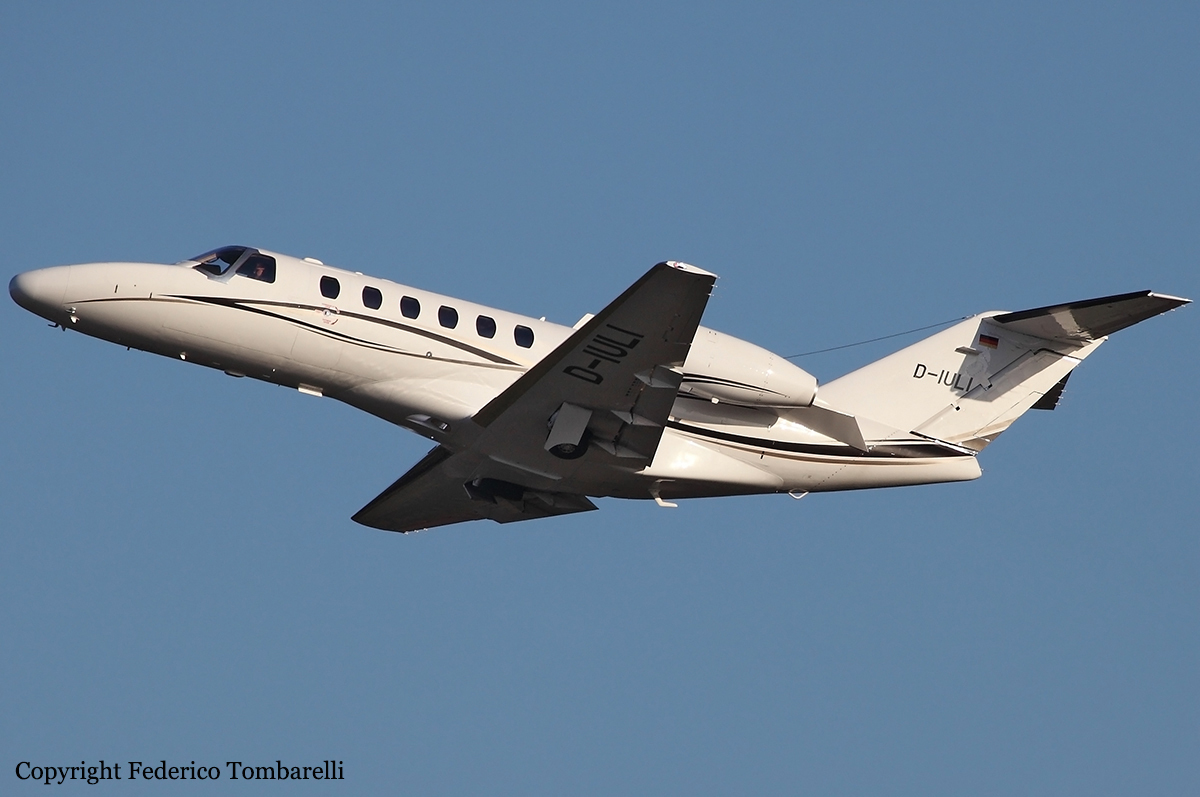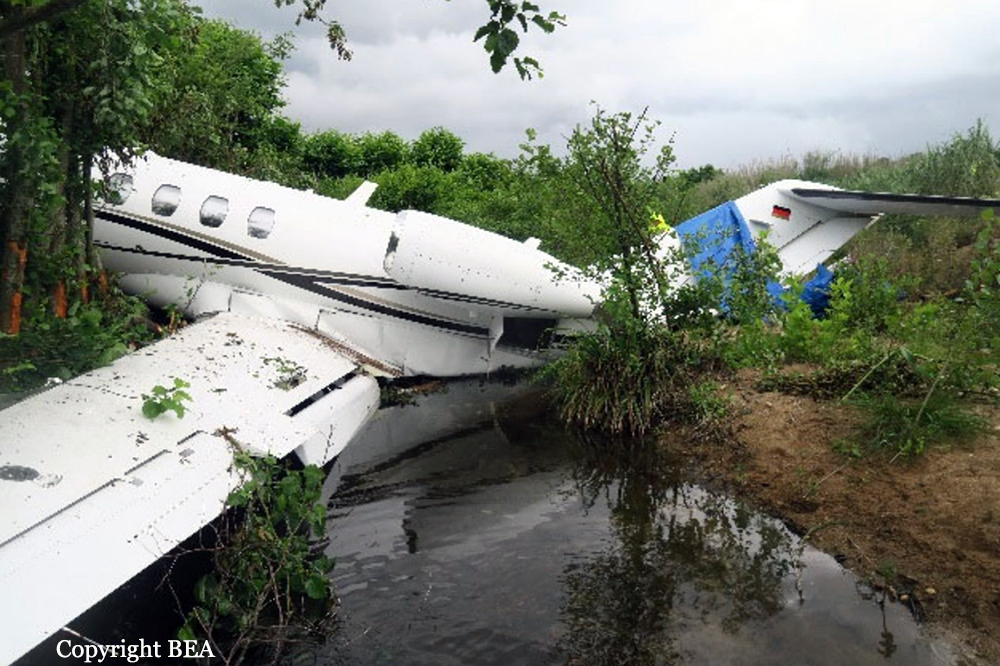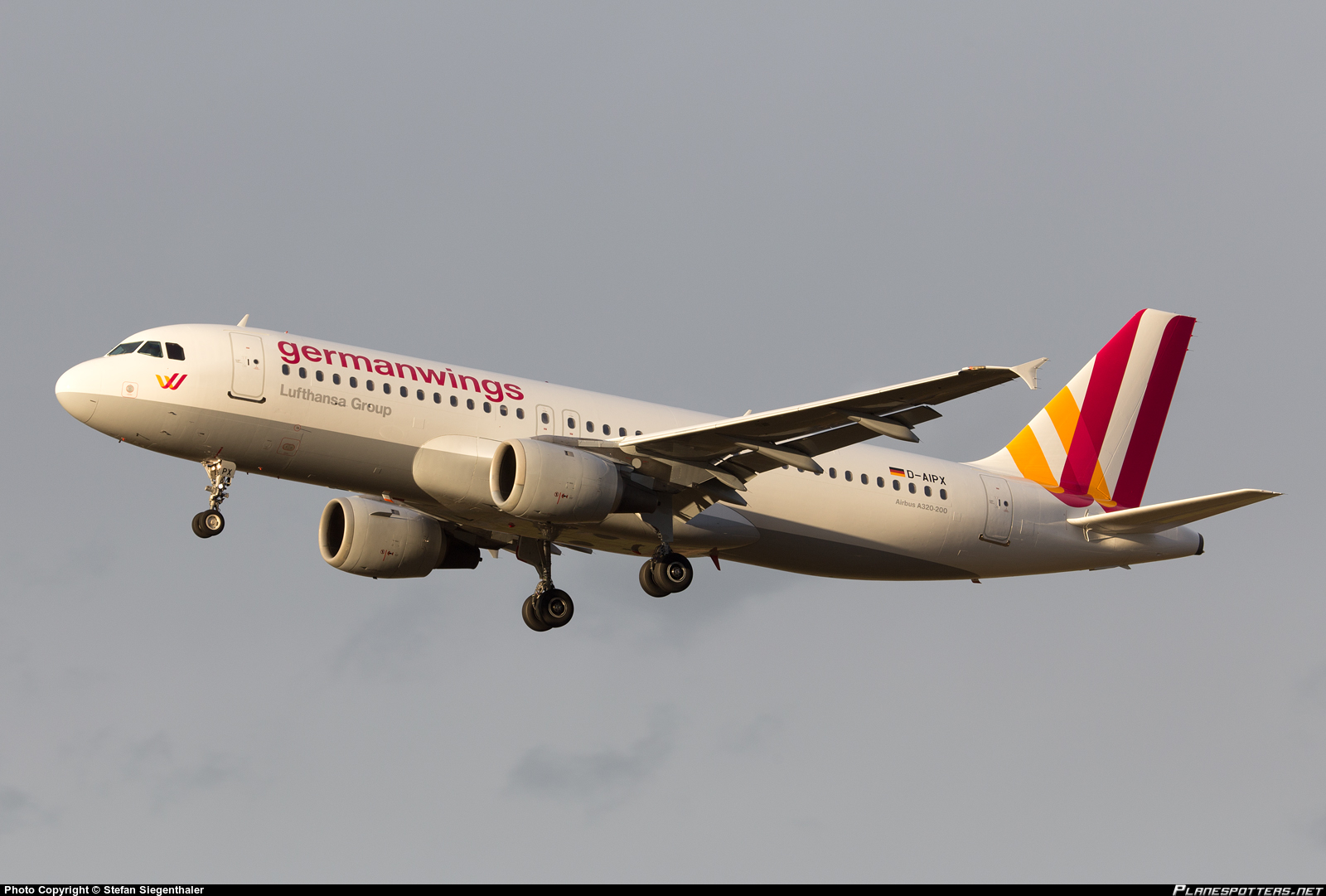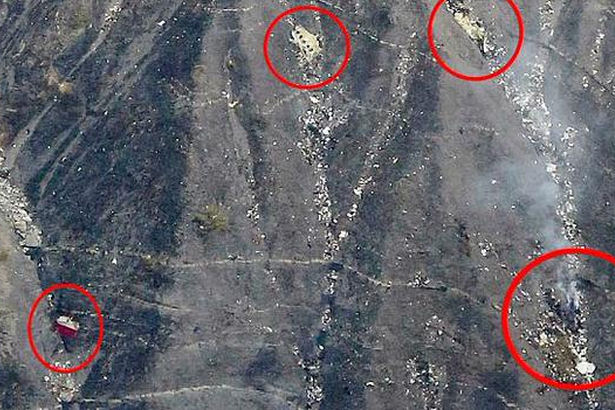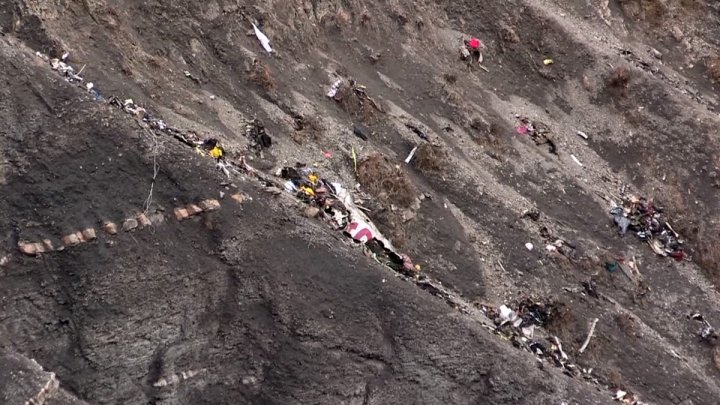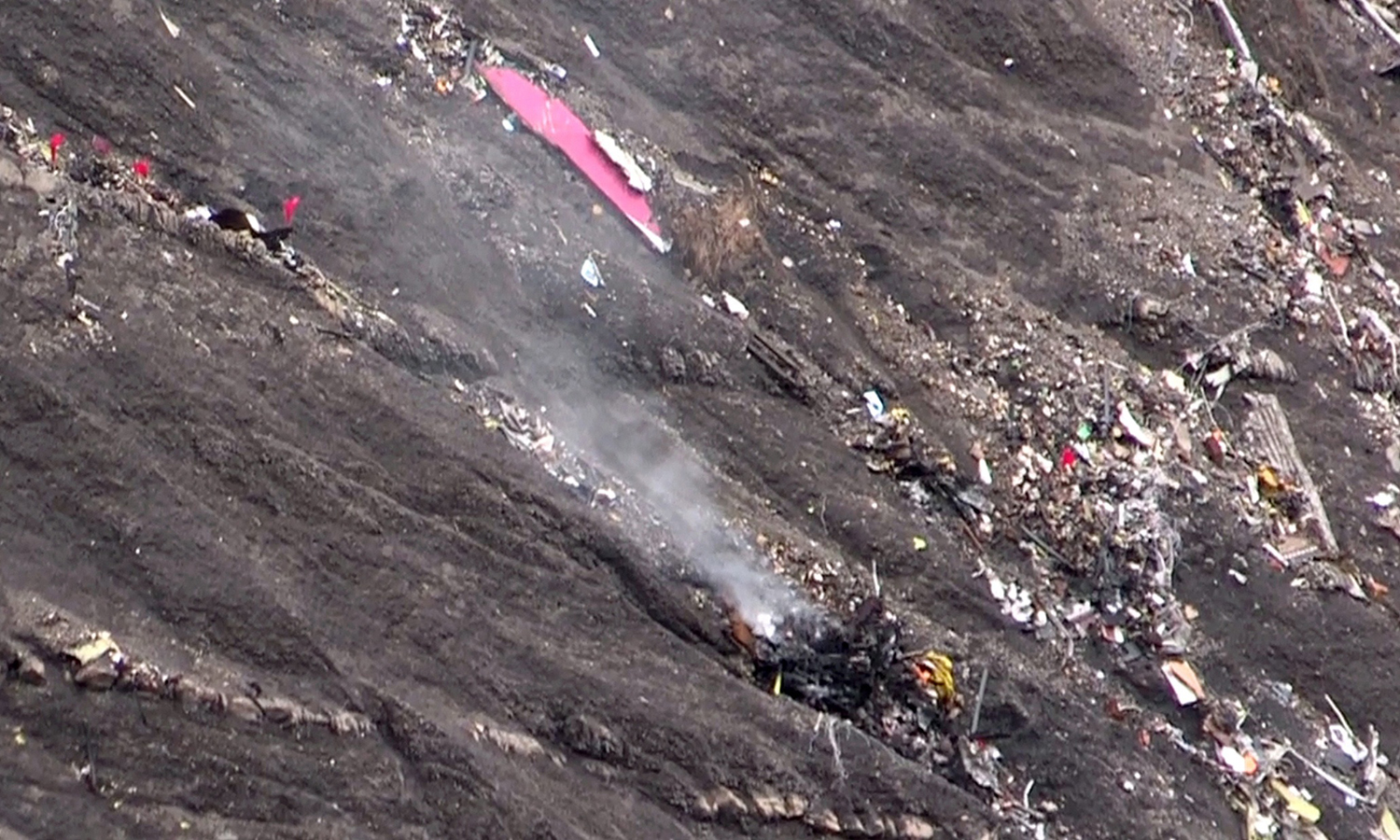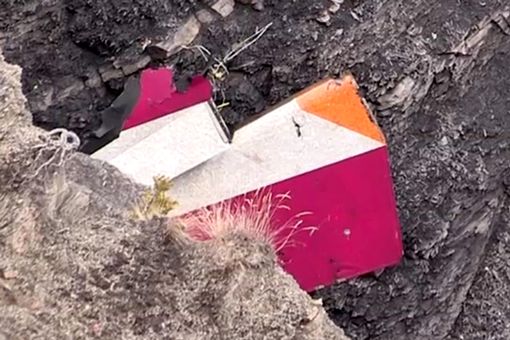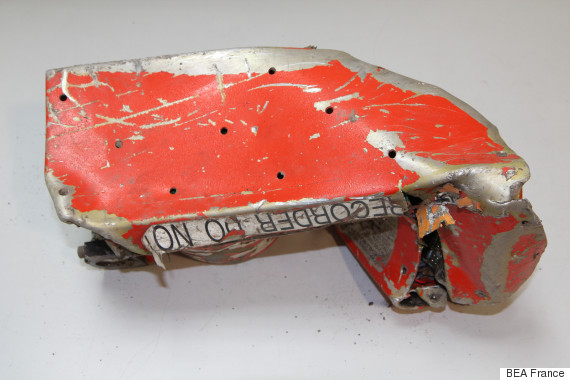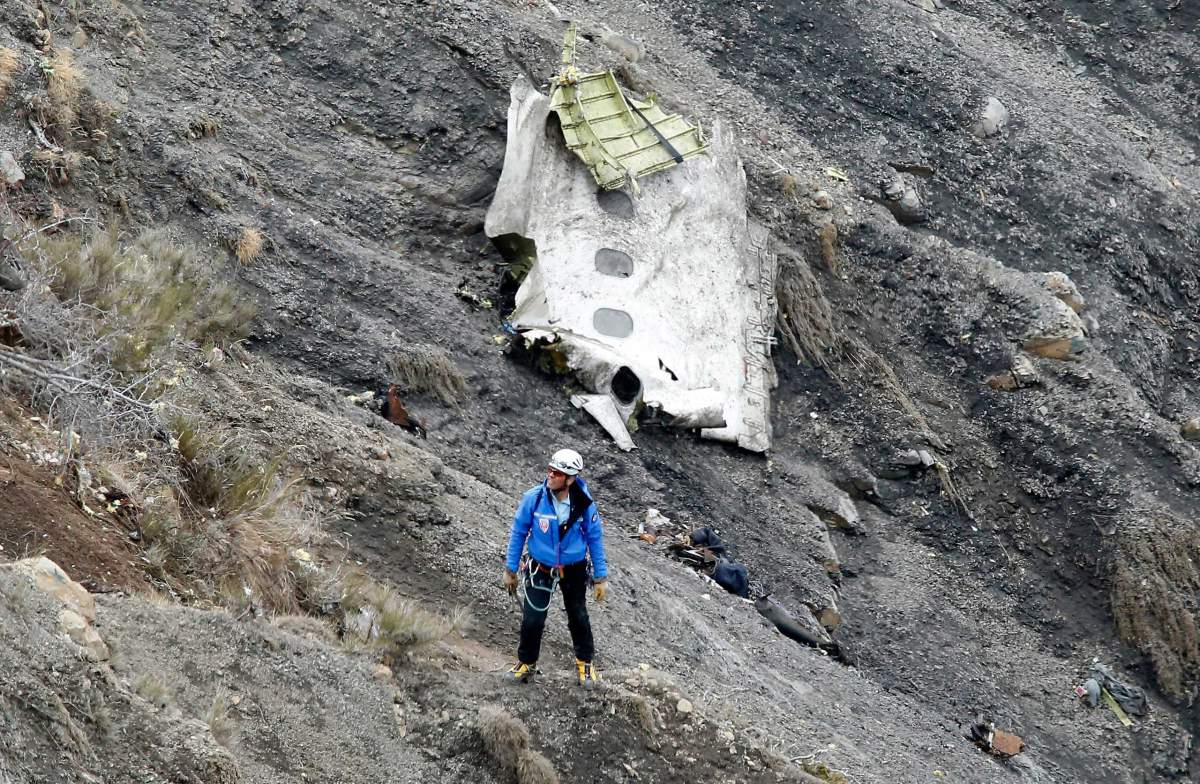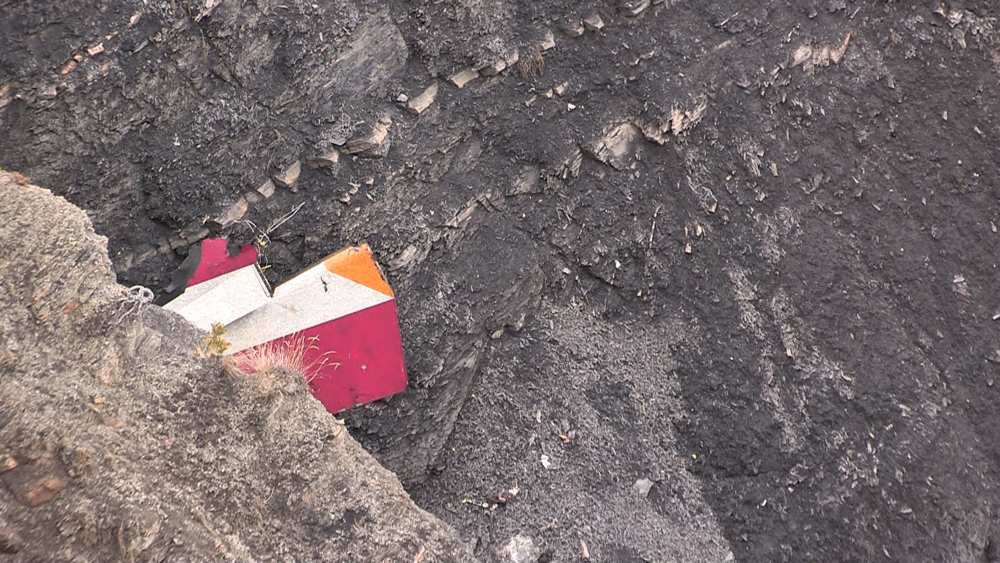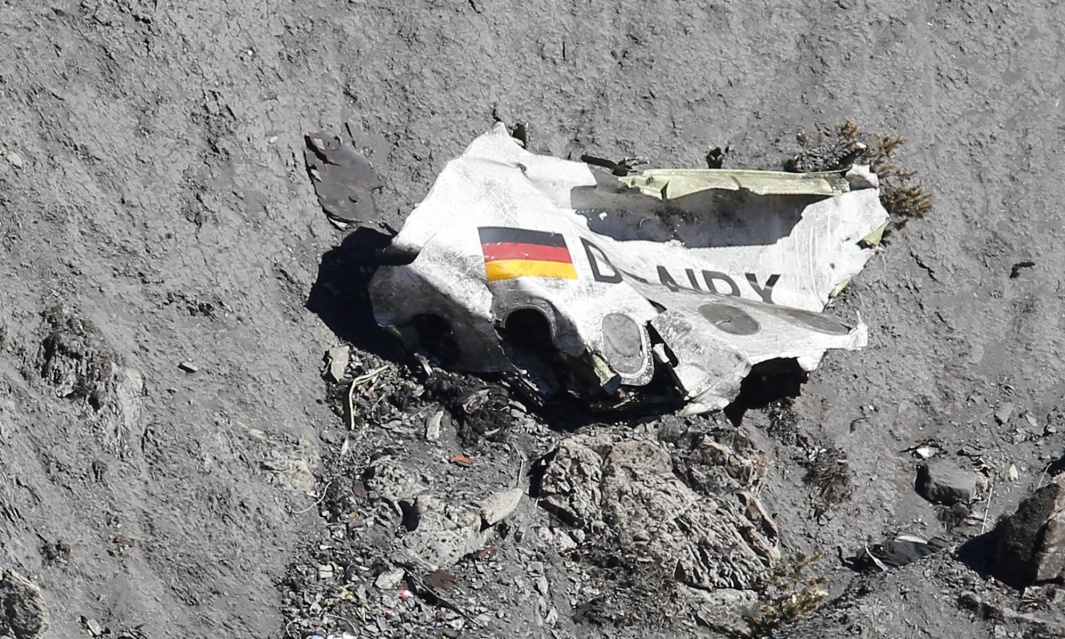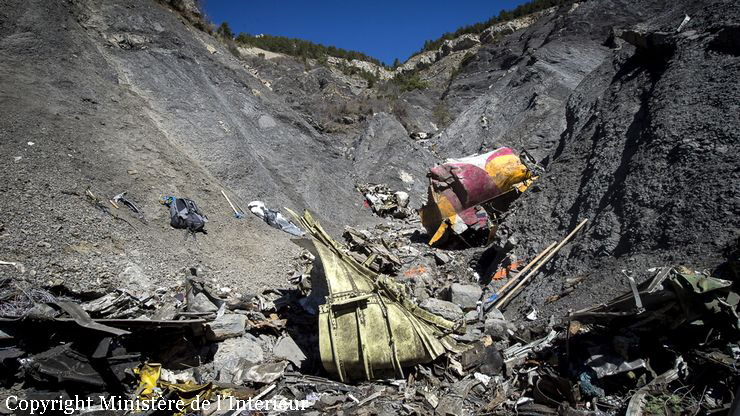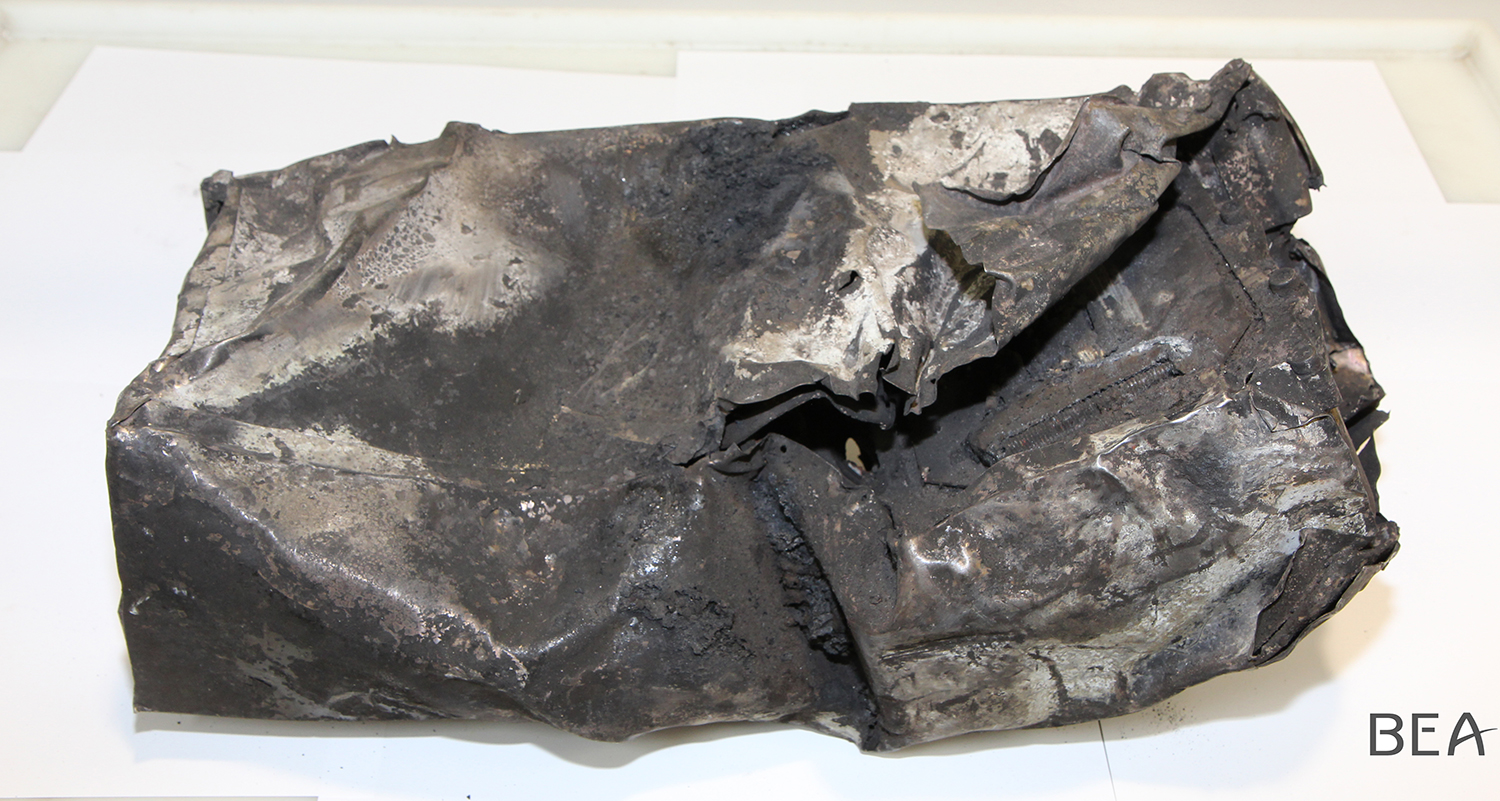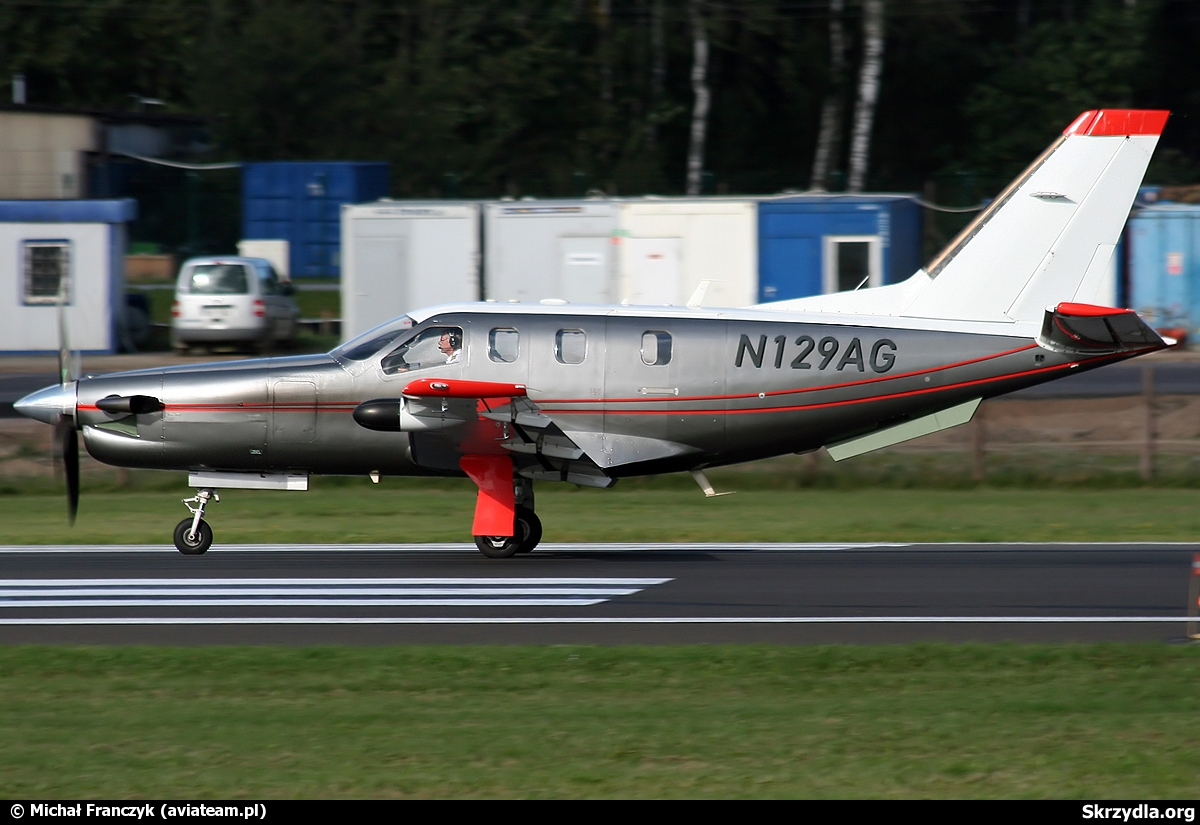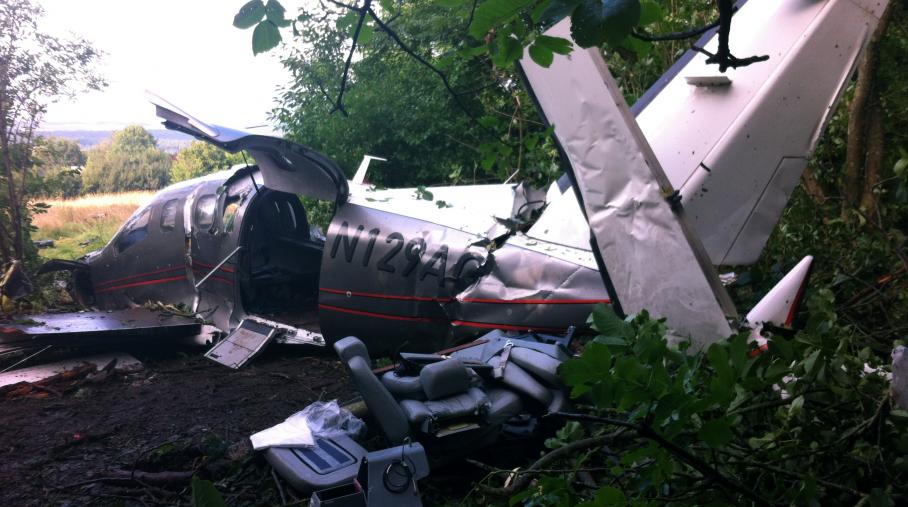Crash of a Piper PA-31-310 Navajo in Limoges
Date & Time:
Aug 21, 2018 at 1525 LT
Registration:
F-HGPS
Survivors:
Yes
Schedule:
Limoges - Limoges
MSN:
31-245
YOM:
1968
Crew on board:
1
Crew fatalities:
Pax on board:
1
Pax fatalities:
Other fatalities:
Total fatalities:
0
Circumstances:
The twin engine airplane, owned by IMAO specialized in aerial photo missions, departed Limoges-Bellegarde Airport at 1009LT with one pilot (the Director of the Company, aged 58) and a female operator in charge of the aerial photo program. The goal of the mission was to fly over the sector of Peyrelevade at 7,000 feet then a second sector over Ussel at an altitude of 6,500 feet. Following an uneventful flight, the pilot return to Limoges, contacted ATC and was instructed to recall for a right base leg approach for a landing on runway 03. Two minutes after passing the altitude of 3,000 feet on approach, the pilot informed ATC he was short of fuel and that he was attempting an emergency landing. The airplane impacted trees and crashed in a field located near Verneuil-sur-Vienne, some 3,6 short of runway 03. Both occupants were seriously injured and the aircraft was damaged beyond repair.
Probable cause:
Emergency landing due to fuel exhaustion following a flight of five hours and 15 minutes.
Final Report:








